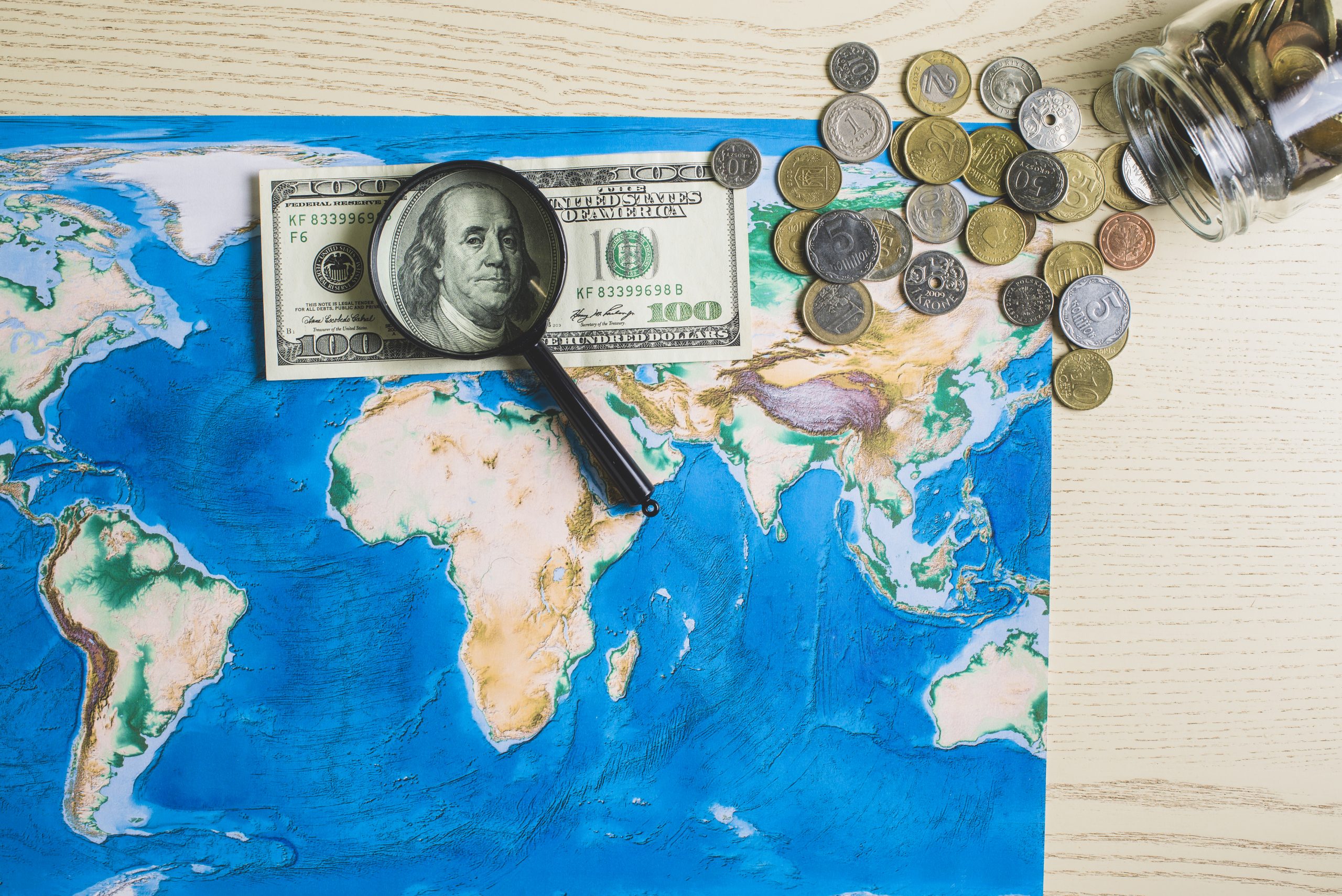
Our cross-border money flows are changing more than ever. You are a student paying tuition in a foreign country, a company paying invoices in a foreign country, or even a professional taking care of a family in their home country. Whatever you do, 2025 will introduce innovations that make international transfers easier, more secure, and quicker. We shall dive into how technology, fintech, and smarter regulations are defining the best way to transfer money abroad this year.
Global Remittance Outlook — What to Expect in 2025
Remittances worldwide are expected to exceed $860 billion in 2025 due to digital platforms, mobile applications, and the emergence of borderless banking. Individuals are no longer content with traditional bank wire transfers and instead want instant, low-cost services driven by fintech and automation.
Such an increase in demand indicates a shift towards online money transfer solutions that are more convenient and transparent for the end user, enabling individuals to send money anywhere, anytime, and within minutes.
Key Drivers Behind Remittance Growth
- Digital adoption: The use of smartphones and digital wallets is making international payments more manageable.
- Quick networks: Instantaneous payment networks such as SWIFT gpi and UPI-based channels are accelerating transactions worldwide.
- Cost efficiency: Competition among the players in the fintech industry is reducing transfer fees and enhancing exchange rates.
- AI security: More complex fraud detection will make transactions in the global corridors safer.
The Biggest Emerging Trends Shaping Cross-Border Money Transfers
There is a tipping point for the way people send money abroad in 2025. Among the strongest trends, there are:
- Invisible payments: Transfers are becoming non-occurring — integrated into banking applications and digital systems.
- Live cross-border payments: Pay networks can now issue cross-border payments within seconds, rather than days.
- P2P money: Smart money automatically disburses payments once a specific condition is met, minimizing errors.
- Sustainability & inclusion: Digital remittance services increase accessibility of the unbanked population and minimise paper trails.
These trends are indicative of a global shift toward more innovative, faster, and more integrated systems – reinventing the experience of fast money transfers abroad.
New Banking Technologies Transforming Global Transfers
The contemporary remittances are centred on technology. Blockchain to artificial intelligence: new technologies are changing the way money is transferred around the world.
- Blockchain & digital currencies: Digital currencies are now more open and secure, eliminating intermediaries and saving money.
- Optimization of exchanges using AI: AI technologies can be used to improve conversion rates, saving users money on each transfer.
- Open banking API: APIs open the door to uniting banks and fintechs to facilitate immediate transfers and balance checks.
- Biometric authentication: Sophisticated identity systems are used to ensure that transfers are legitimate and free of fraud.
The innovations are also giving users greater control and exposure, ensuring that the best way to transfer money abroad is also the most effective.
What Is the Fastest Way to Transfer Money Internationally in 2025?
In 2025, speed is no longer a luxury; it is the rule. Digital platforms that use intelligent routing and real-time payment rails are the fastest way to transfer money internationally.
Platforms such as Transwire rely on AI-driven systems to identify the most effective and affordable transfer channels. Transactions made before the standard cut-off times are often fulfilled within the day, particularly for major corridors like India to the U.S., U.K., or Australia.
International transfers have become as fast as domestic transfers, with instant payments to bank accounts or mobile wallets, which is now defining the expectations for fast money transfers abroad.
Why Do Some International Transfers Still Take 3–5 Days?
Despite advances in technology, certain transfers continue to be delayed—especially when sent via conventional banks. Here’s why:
- Several third-party banks: Each of them introduces verification and processing delays.
- Manual compliance checks: Legacy systems rely on human checks for large transactions.
- Time zone differences: Global banking hours can often lengthen settlement periods.
These problems are being solved by fintech solutions such as Transwire, which can automate KYC to facilitate real-time compliance and integrate directly with banks, so that funds can flow quickly without unjustified delays.
Regional Focus — What Are the Best Ways to Send Money From India Abroad in 2025?
Outward remittance has never been easier for Indian residents. It is now possible through RBI-approved digital platforms.
The best ways to send money from India are:
- Trusted Online applications: Legitimate services such as Transwire offer transparency and AI-assisted rate optimization.
- Rate-locking features: Customers can lock in reasonable rates for up to 3 days of work.
- Same-day processing: Depending on the time of day, transactions made before 3:00 PM IST may be processed on the same day.
- No auxiliary charges: Helpful cost systems eliminate unexpected expenses.
This digital-first remittance will ensure affordable, compliant online money transfer experiences for Indian senders.
How AI and Fintech Are Redefining Transparency and Compliance
AI is transforming cross-border transfers, making them more accurate in terms of compliance and identifying anomalies much faster than humans could. The innovation in the Fintech industry makes all transactions traceable, secure, and acceptable internationally.
- AI-driven fraud prevention: Scans through millions of data points to identify suspicious activity in real time.
- Intelligent compliance engines: automatically verify recipient information to prevent regulatory violations.
- Transparency for the user: Real-time tracking enables senders to monitor each stage of their transfer.
Such a combination of AI and fintech not only builds trust but also ensures that the most optimal method for transferring money overseas is safer and more enjoyable than ever before.
Final Thoughts — The Future of Sending Money Abroad
The future of sending money abroad is online, swift, and smart. As fintech, AI, and open banking become increasingly popular, 2025 will see worldwide money transfers finally as hassle-free as domestic transactions.
If you are seeking the best way to transfer money abroad, choose a platform that offers a combination of speed, transparency, and security —just as Transwire.
Transfer smarter. Transfer faster. Transfer with Transwire.
FAQs on Emerging International Money Transfer Trends
- What is the best way to transfer money abroad in 2025?
The best way to transfer money abroad in 2025 is through secure online money transfer platforms that offer real-time rates, instant processing, and transparent fees.
- How fast can I send money abroad using digital platforms?
Most modern fintech platforms enable fast money transfer abroad in minutes or the same day, depending on the currency corridor and local bank cut-off times.
- Which technologies are making international money transfers cheaper and safer?
AI, blockchain, and open-banking APIs are cutting fees, speeding up transfers, and adding stronger security and compliance to global transactions.
- Why do some international transfers still take several days to process?
Transfers can still take 3–5 days when routed through traditional banking networks that involve multiple intermediaries and manual compliance checks.
- How is AI changing the way people send money abroad in 2025?
AI is transforming global remittance by automating rate comparison, detecting fraud instantly, and ensuring faster, more transparent transfers worldwide.






